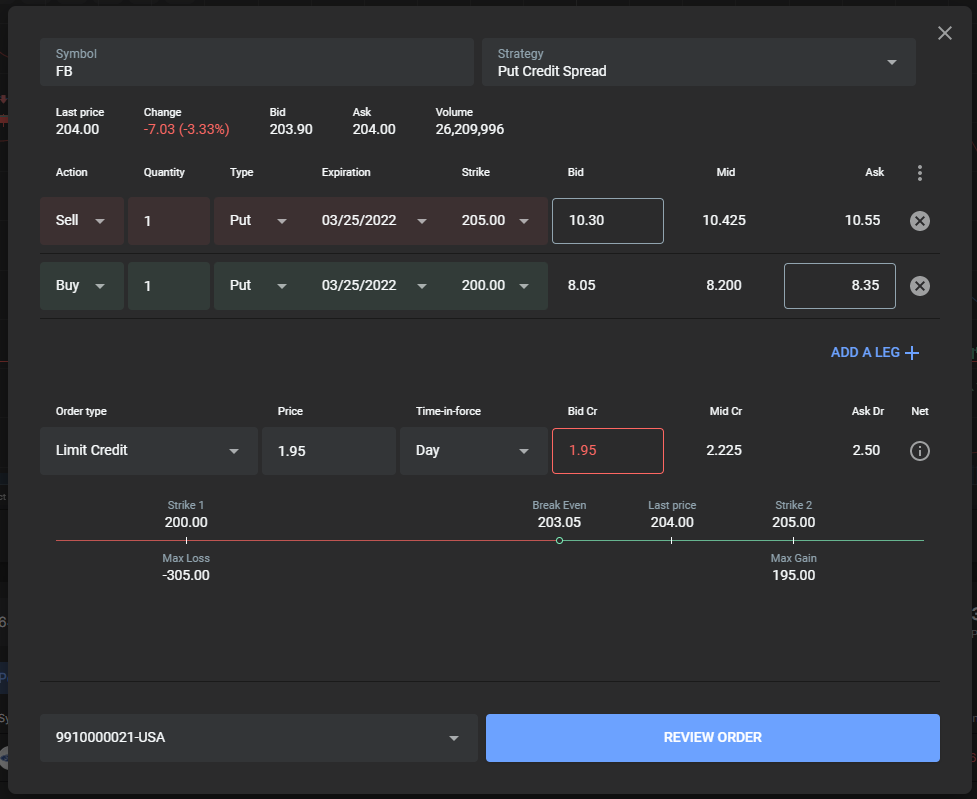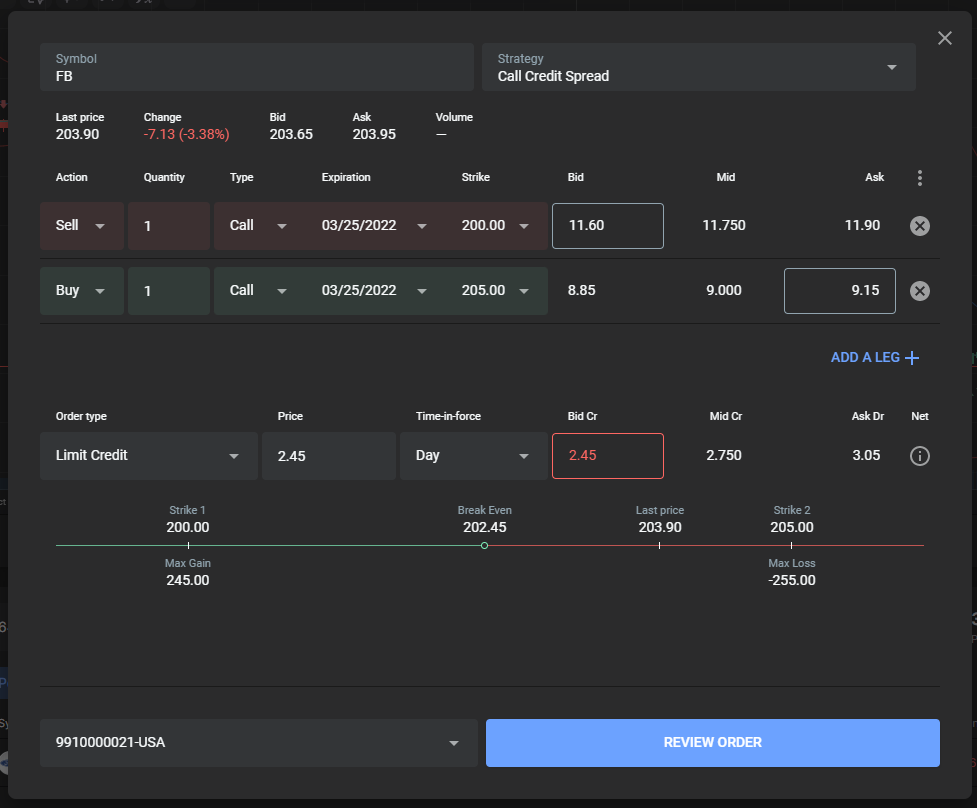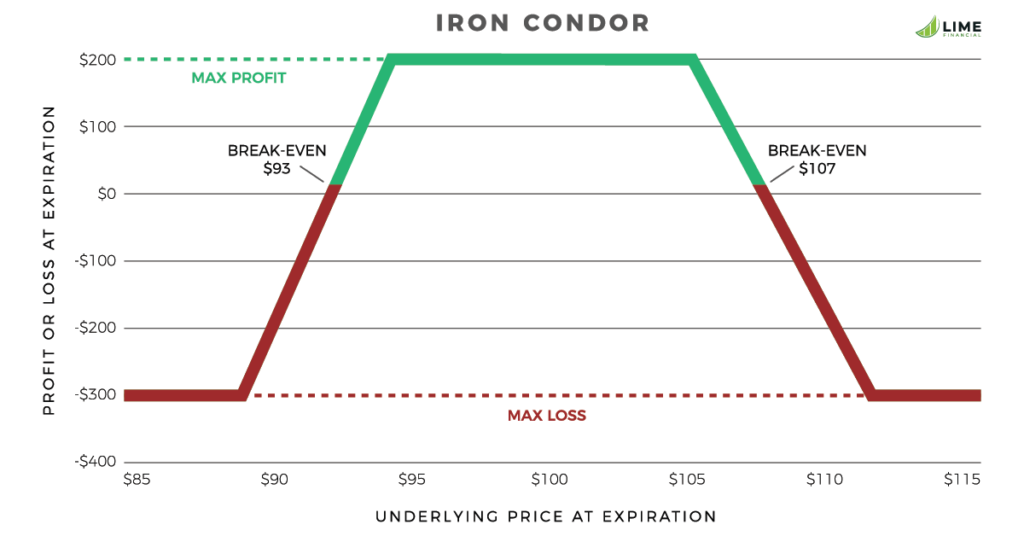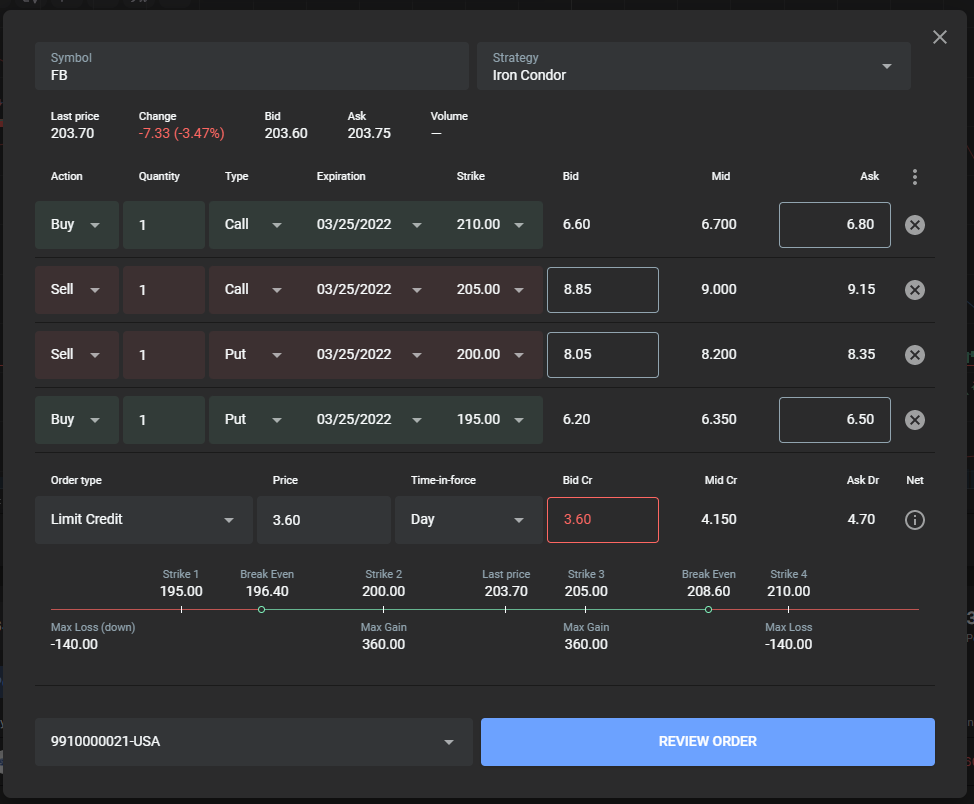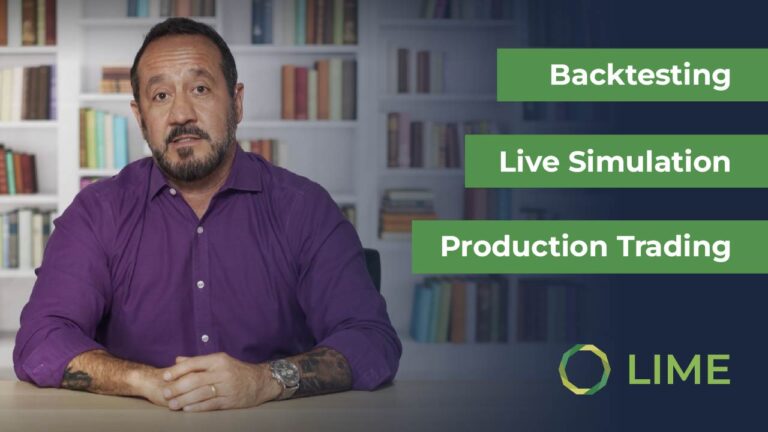Options activity reached record highs last year. One factor in this increase in activity could be that a growing number of traders used them to manage risks in volatile markets. However, beyond basic put and call options, many traders ignore an essential set of strategies, known as multi-leg options, that could improve their performance. Multi-leg options, also called complex options or spreads, simultaneously buy or sell options of the same underlying security. They have many benefits, including:
- Time saving: Multi-leg options can save time in a fast-moving market. Instead of executing each leg of the options trade one at a time, traders can carry out a strategy with a single order and remove the time lag between each option entered manually. A slower trade using single-option orders can increase slippage as prices change between executions.
- Cost effective: Multi-leg options tend to be slightly less expensive than single-option orders because the proceeds the trader makes from selling options can offset some purchase costs. The flip side of this is that there will be slightly higher commission costs with multi-leg strategies, and profit ranges may be more limited than single-leg options.
- Versatility: Multi-leg options allow traders more versatility in their trading by offering more tools in the toolbox to take advantage of bull, bear, and neutral markets. Traders can tweak strategies to limit or increase risk as well as maximum and minimum profits, allowing a wider range of trades that can be tailored to more scenarios. Multi-leg options involve risk and are not suitable for all traders. Transaction costs may be significant in multi-leg options strategies, and advanced options strategies often involve greater and more complex risk than single-leg options. Losses with multi-leg options can be greater than the initial investment. Evaluate the benefits and drawbacks carefully.
Despite the benefits of multi-leg options in numerous scenarios, many traders ignore them and rely on single-option orders. The lack of knowledge about multi-leg options strategies can limit a trader’s profitability in all kinds of markets. Here are the three top reasons why traders continue to misuse multi-leg options:
Traders Don’t Understand Multi-Leg Options Enough
Options trading is flourishing. In 2021, 9.87 billion options contracts cleared, a 32.2% increase from 2020, according to the Options Clearing Corporation. As option volumes rise, you might expect traders to embrace multi-leg options strategies more. Unfortunately, that is not the case. CNBC found that only 11% of Robinhood’s monthly active users made an options trade in the first three quarters of 2021, while fewer than 1% executed a multi-leg options trade. Similar patterns of options activity can be found across the brokerage industry. Traders are potentially missing out on profits and better risk management. In certain situations, multi-leg options have been shown to deliver superior risk-adjusted returns than long-only stock strategies. Researchers from the University of Notre Dame and Mississippi State found that some multi-leg options strategies outperform long stock portfolios, and improve the risk-return trade-off over time.
Traders Don’t Match the Multi-Leg Option Strategy for the Market
There are multi-leg options strategies that work in different types of market trends, whether up, down or flat. It’s vital that traders understand which multi-leg options strategy can fit the market condition.
A multi-leg option strategy to consider for up trending markets is a bull put spread
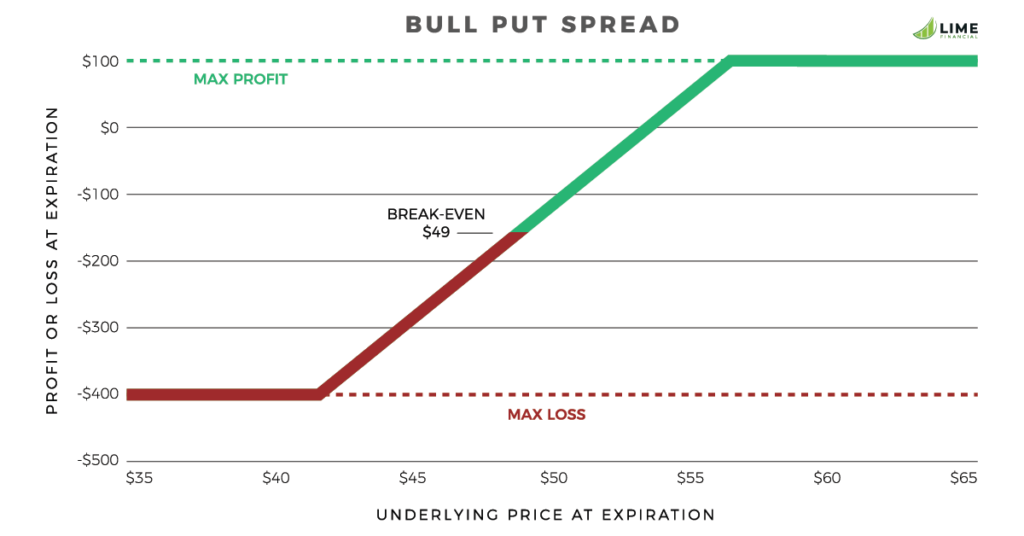
Pros: A bull put spread is a defined risk strategy that generates a premium. Traders can earn income from the net credit paid at the onset of the strategy. The maximum profit of a bull put spread is this credit, or the difference in the premium costs of the two put options. The max profit only occurs if the stock’s price closes at or above the higher strike price at expiration.
Cons: The maximum loss equals the difference between the strike prices minus the net credit received. Traders will have limited profits if future gains of the underlying stock price rises above the higher strike price of the bull put spread.
Real-life example: Let’s take a look at the stock of Meta Platforms Inc., the parent company of Facebook, using a bull put spread, also known as a put credit spread. Here’s how it would appear as a multi-leg option trade ticket on Lime Trader:
1. If you think Meta shares, which were $203.51 on March 1, 2022, will rise to above $205 in 24 days, you could sell a put option with a $205 strike price and buy a put option with a $200 strike price.
2. This strategy would give you a $195 credit in your Lime Trader account, minus a $1 commission total for two contracts.
3. The results:
• Profit: If Meta stock moves to or above $205 and stays until expiration, you can keep the $194.
• Breakeven: If Meta stock stays above $203.05, you at least break even.
• Loss: If, at expiration, Meta stock falls to or below $200, your max loss is $305.
4. If Meta stock closes between the strike prices of the two put options on expiration, you would end up with 100 shares of Meta at $205. If you do not intend to be long the 100 shares of Meta, it is important to manage these positions going into expiration.
A multi-leg option strategy to consider for down markets is a bear call spread
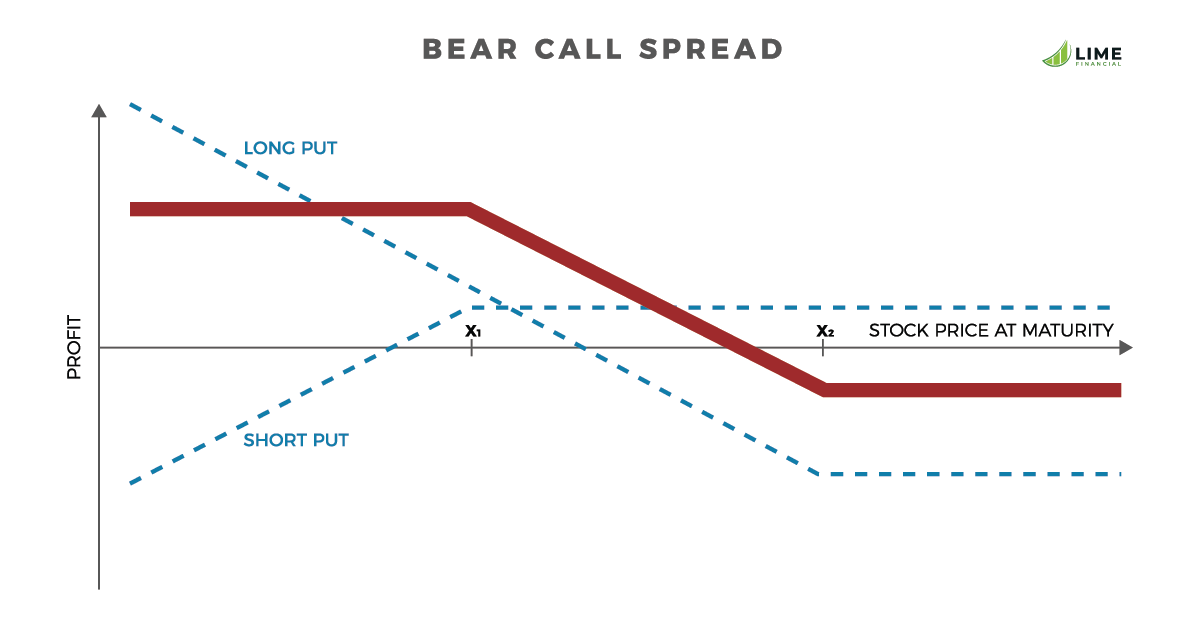
Pros: The bear call spread is a premium-generating defined risk trade. Traders can tailor this strategy to their risk profile with narrower spreads for conservative traders and wider ones for people with larger risk tolerances.
Cons: The maximum profit is limited with this strategy.
Real-life example: Let’s use the same example of Meta stock recently at $203 with a bear call spread, known as a call credit spread.
1. If you think Meta shares will drop, you could sell a call option with a $200 strike price and buy a call option with a $205 strike price using a bear call spread, also known as a call credit spread.
2. This strategy would give you a $245 credit in your Lime Trader account, minus a $1 commission for two contracts.
3. The results:
• Profit: If Meta stock moves below $200 and stays to the expiration date, you can keep the $244 in your account.
• Breakeven: If Meta stock stays below $202.45, you at least break even.
• Loss: If it expires with Meta stock above $205, you would lose a maximum of $255.
4. Keep in mind that if you don’t close your position by expiration, you could end up short 100 shares of Meta stock, and there is some risk that the stock could move before you could exit the following trading day.
A multi-leg option strategy to consider for flat markets is an iron condor
How it works: To create an iron condor, the trader buys one out of the money put and sells one put closer to the money put while buying one out of the money call and selling one call closer to the money. Each option has the same expiration date. The name comes from the bird-like shape of the graph that illustrates the strategy’s profit and loss, with each leg of the trade looking like a wing, as you can see above. You can think of this as a combination of credit call and credit put spreads that surround a center range.
Pros: With an iron condor, you receive a net credit into your account immediately and you minimize downside risk with this defined risk trade. The strategy earns the maximum profit when the underlying asset closes between the middle strike prices at expiration. It can be modified to have a bullish or bearish bias.
Cons: The iron condor limits risk, but also profitability. While the strategy is directionally neutral, the premiums can benefit from higher volatility. However, the higher premiums are the result of that greater risk in a highly volatile market.
Real-life example: Let’s build an iron condor with the same example of using Meta stock.
1. If you think Meta stock will stay in a range between $200 and $205, you would buy a call option with a $210 strike price, sell a call option at a $205 strike price, sell a put option with a $200 strike price, and buy a put option with a $195 strike price.
2. This strategy would give you a $360 credit in your Lime Trader account.
3. The results:
• Profit: If at expiration, Meta stock is between $200 and $205, you can keep that $360, minus $2 commissions for the two wings of the iron condor.
• Breakeven: If Meta stock stays between $196.40 and $208.60, you at least break even.
• Loss: If Meta stock drops to $195 or below, or rises to $210 or above, you would lose a maximum of $140.
4. If the iron condor expires with Meta stock between $195 and $200, you could end up with 100 shares at $200, or if it expires with Meta shares between $205 and $210, you could end up with short 100 shares at $205, so you should manage these positions if you wish to avoid the exercise of the option.
Traders Don’t Have a Broker Built for Multi-leg Option Strategies
The ease of executing multi-leg options strategies depends on the broker’s configuration. Traders should be aware of commissions owed and the broker’s margin requirements. Executing as one order allows a trader to avoid troubles of entering into a position without the worry of not getting executed on one of the legs. Lime Trader is designed to make multi-leg options trading more accessible. The platform executes simultaneously to reduce execution risk. Lime Trader’s position management features let you select and open, close or roll option legs. The position views provide rollup calculations by strategy and underlying assets, so that you can track your portfolio’s P&L and Greek values.
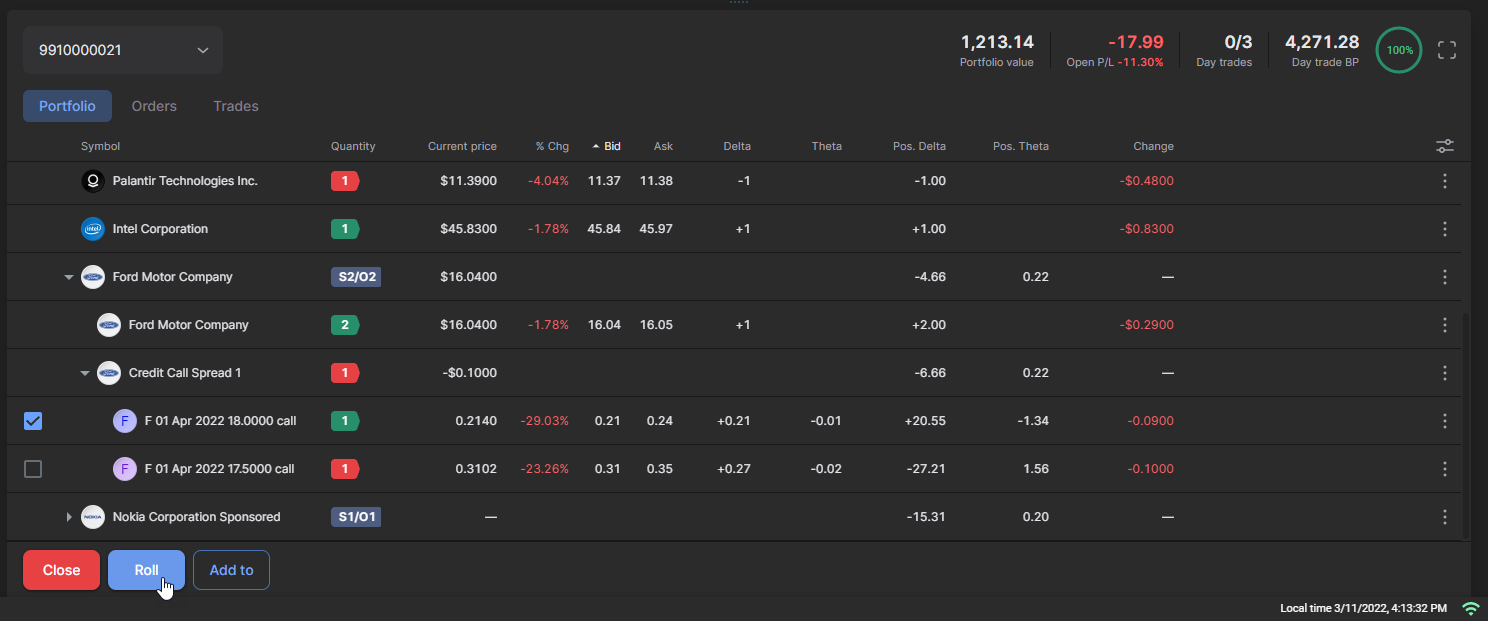
Alex Scott is the managing director of product development at Lime Financial. He has 20 years of experience in the financial services industry, primarily in product management building tools and systems for options traders. Alex most recently oversaw the StreetSmart Edge platform at Charles Schwab.


